
Ki Young Ju is the head of CryptoQuant, a blockchain analysis firm that provides premium data for crypto hedge funds and traders. They are building blockchain metrics which this industry has never explored before and finding data that is highly relevant to professional traders. CryptoQuant started back in 2017. In the beginning, Ki Young Ju and his team tried to create anti-money laundering data and chainalysis. So, we were collecting address labels of exchanges, miners, whale wallets, illicit funds, etc., They have been very successful and are delivering data that tells what is happening in the crypto market.
Interview Date : 19th January 2021
How did you create CryptoQuant?
My dream was to become an entrepreneur. To become an entrepreneur I thought I had to have some experience in software engineering and business analysis. I thought that if I wanted to become an entrepreneur I cannot just continue as an employee; I need people to be the employer. I just started my company right after graduating from university and did projects and collaboration work with other companies. I worked for Penta security systems, one of the top cybersecurity companies in Asia, and I worked at the biggest Korean blockchain interchain project called ICON. However, due to the restrictions and almost non-existing market in Korea, I decided to make CryptoQuant an international place for everyone interested in the crypto market.
How many exchanges does CryptoQuant support?
CryptoQuant supports over 33 major exchanges, and at the end of this January 2020, we will have covered over 78 exchanges around the world including Chinese and Japanese exchanges. There is also a pro version of CryptoQuant that allows users to create their own unique version of TradingView, thus users can customize their own dashboard using our on-chain data. We support Bitcoin, ERC20 based stablecoins and ERC20 based altcoins, DeFi coins, Aave, Uniswap, Sushi, and many more.
What kind of indicators do you have?
We have many unique indicators using or on-chain data. For example, the Estimated Leverage Ratio shows all the derivatives exchanges’ open interest divided by their BTC reserve on that exchange. The value of this graph goes down, which is an indication that people are trading with low leverage. As you can see from the graph below, the estimated leverage ratio has decreased, meaning that people have opened their positions with low leverage. Leveraged trading is the use of borrowed funds with a contractually determined return to increase the ability of a business to invest and earn an expected higher return. A lower ratio of leverage means that companies operating or traders are generating enough revenue to grow their assets through profits.
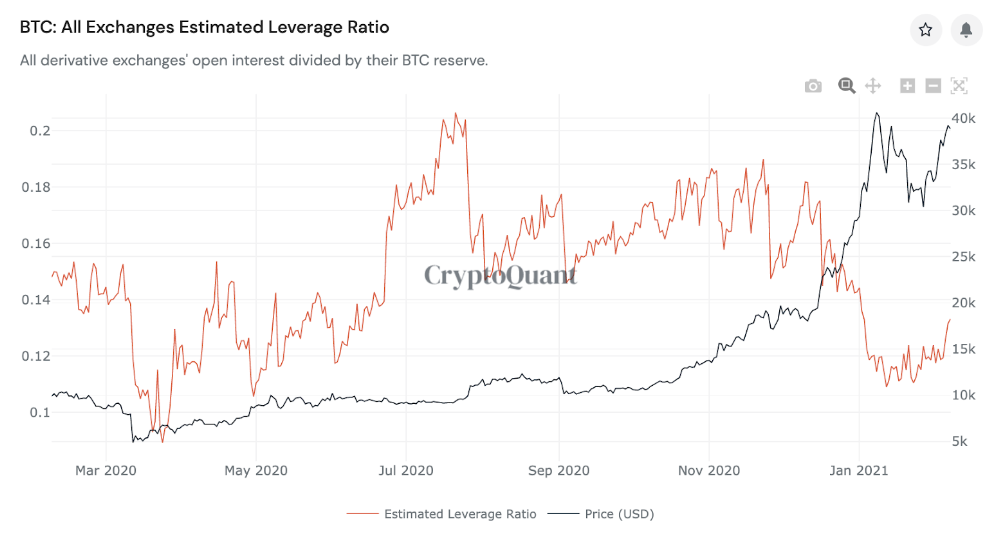
Conversely, if we have high leverage like we did in July 2020, it means there is uncertainty in the market, so it indicates leaving the market. Leverage ratios are quite related to market sentiments too. We have a lot of data showcasing people’s positions with respect to the market sentiment, and social data. This current low estimated leverage ratio tells us that people and corporations are here for the long term.
What determines the price?
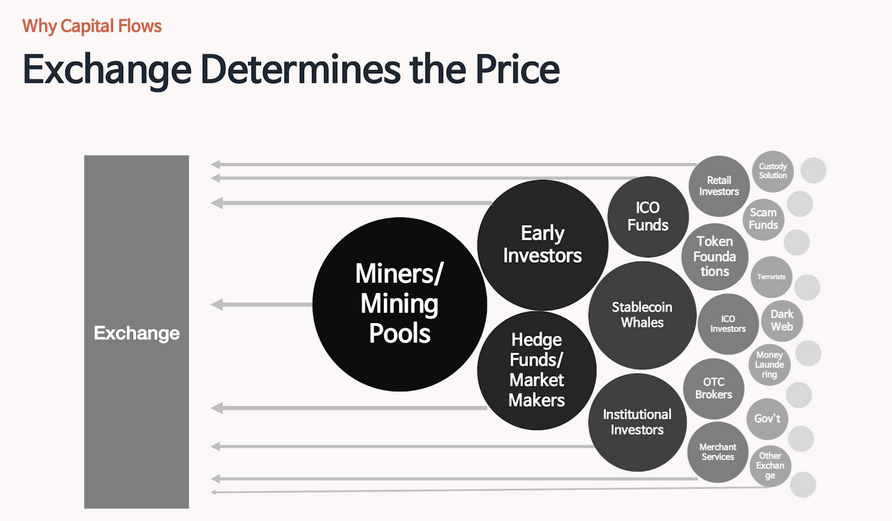
Exchanges determine the price. If you want to sell your Bitcoin, you have to send those Bitcoins to an exchange. Through on-chain data, anyone can confirm those transaction addresses. In our data analyses, we have miner addresses, early investors, hedge funds, market makers, stablecoin whales, and many more.
All-Exchange Inflow Mean Metric: What is Bitcoin Dumping?
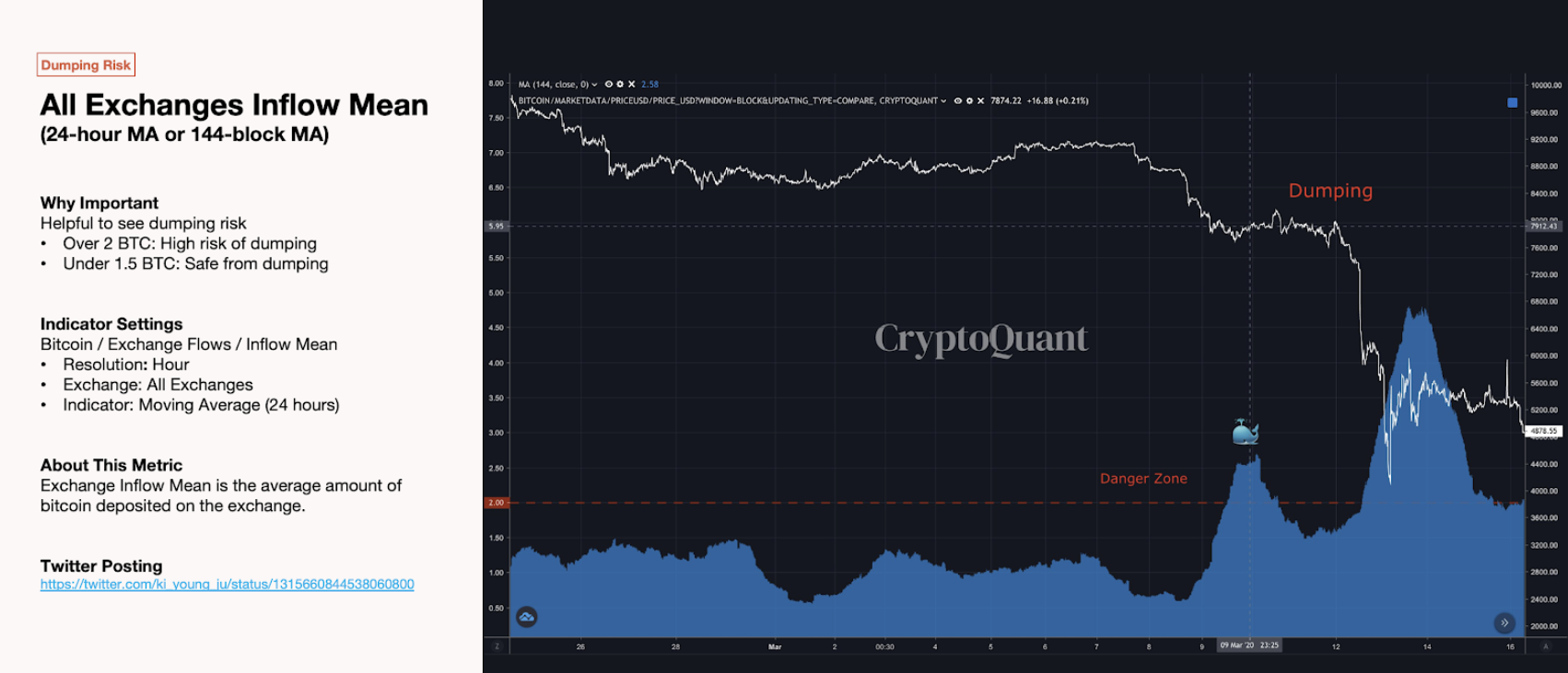
All these exchange inflows mean the average amount of Bitcoin deposited on the exchanges can be confirmed. It tells us about the risk factor that is mass coin dumping. The All-Exchanges Inflow Mean graph is a metric created to alert people of mass dumping. Through that graph, whenever the value of the metric goes above 2, it indicates that we are very active on the exchanges, and the price is likely to be bearish or move sideways from here on. This shows that mass dumping at this point is highly likely to happen.
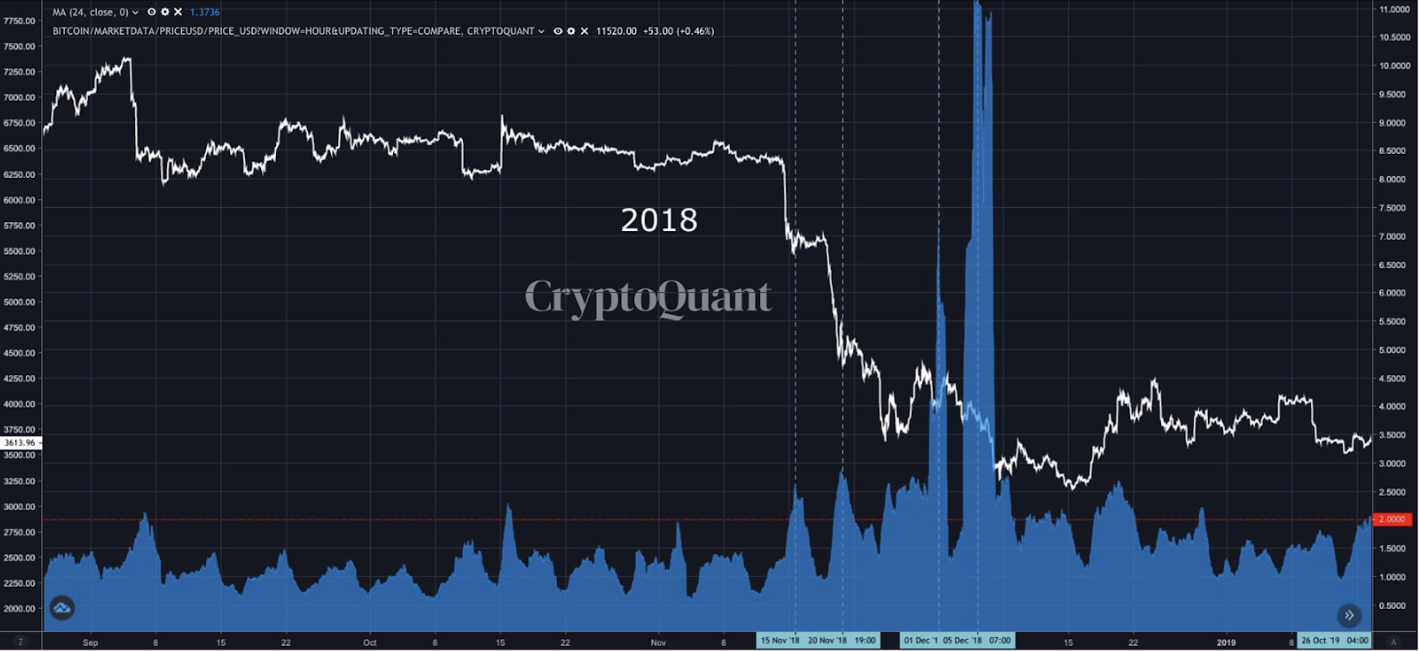
For example, looking at the data analysis from 2018, we can see a huge dumping of BTC was conducted in November. That was right at the time when the rally was skyrocketing.
In 2019, we had a bull market where the whales were not that active on exchanges, so there were no signs of mass dumping.
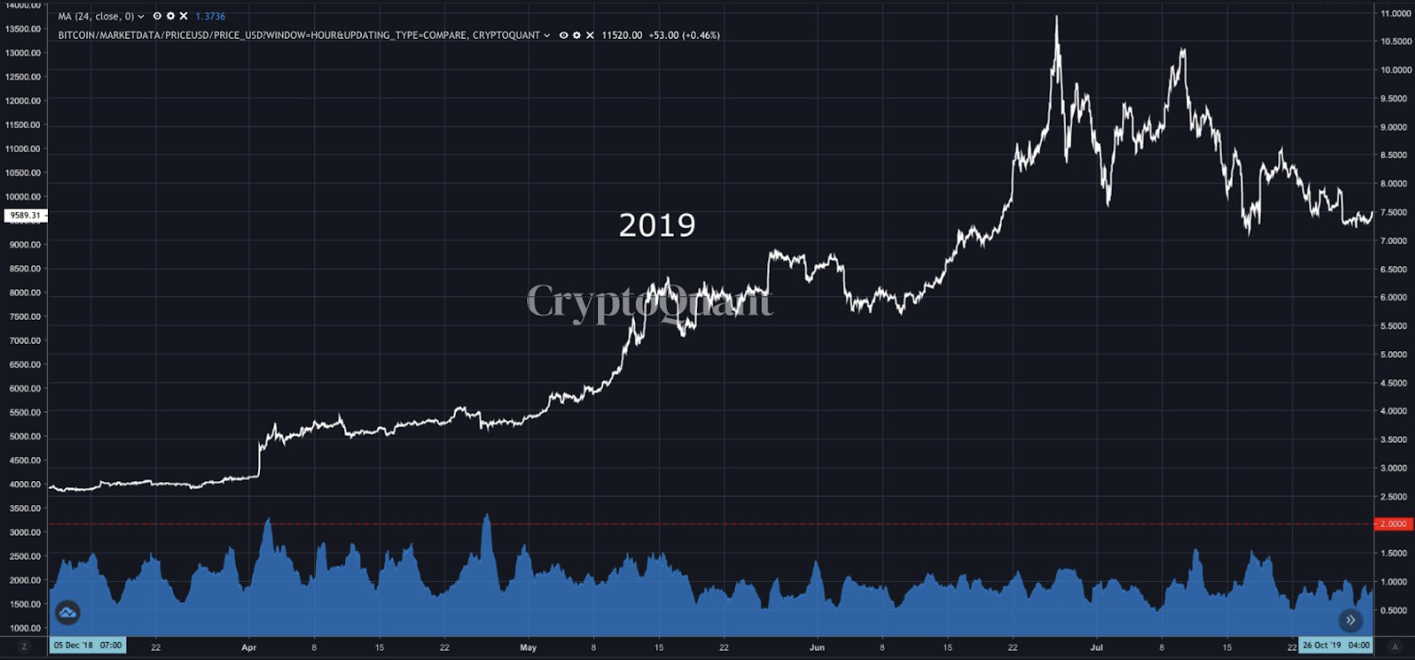
The 2019 trend ended in March 2020. As you can see below, there was a huge surge in March 2020 just when the price skyrocketed.
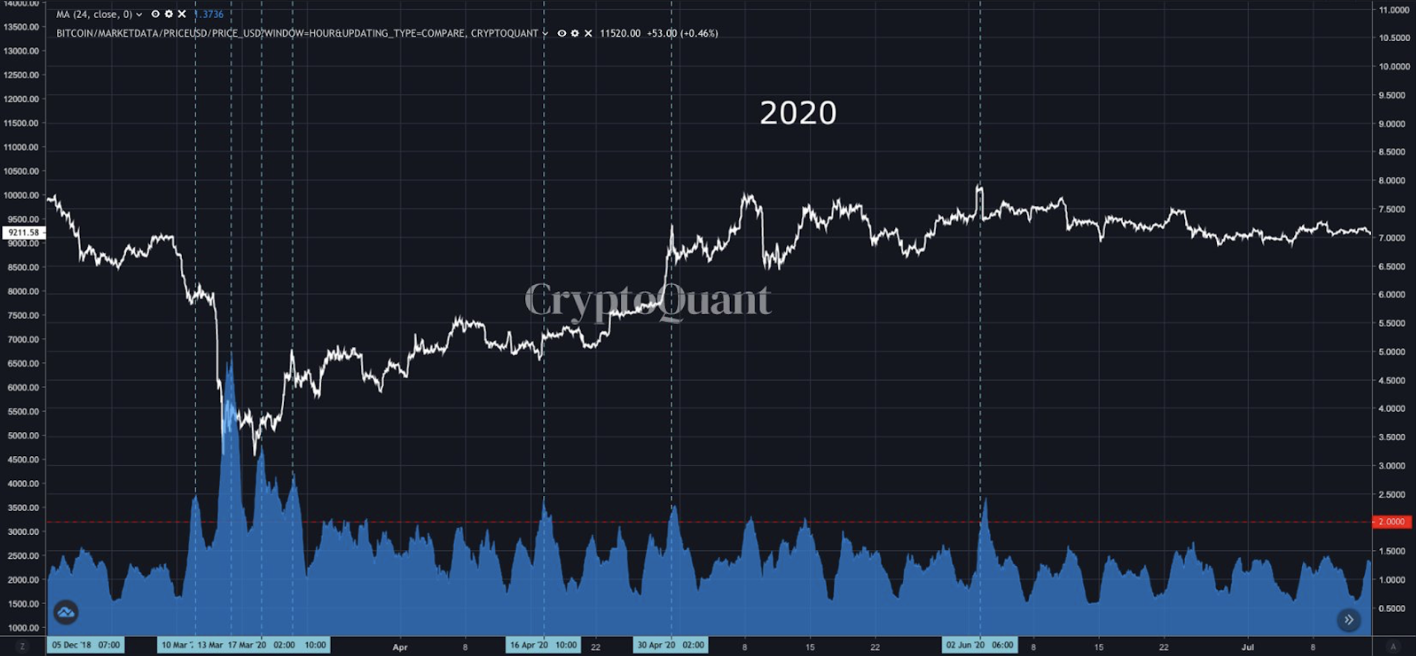
Currently, I believe we are safe from mass Bitcoin dumping. On January 17th, 2021, I posted the following metric on Twitter, and at that time the Bitcoin price was around 34 000 dollars which a few days later skyrocketed and hit 37 000 dollars. The value of the metric is below 2 and this index is showing that for the short term there will most probably be no mass dumping happening.
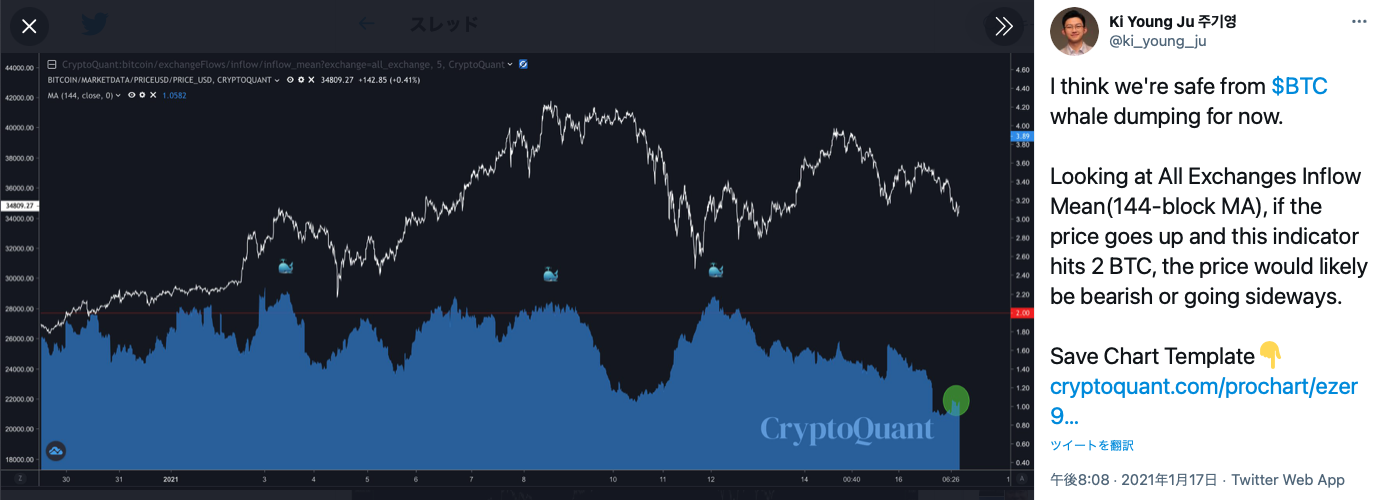
What ratio of Whales are on Exchanges?
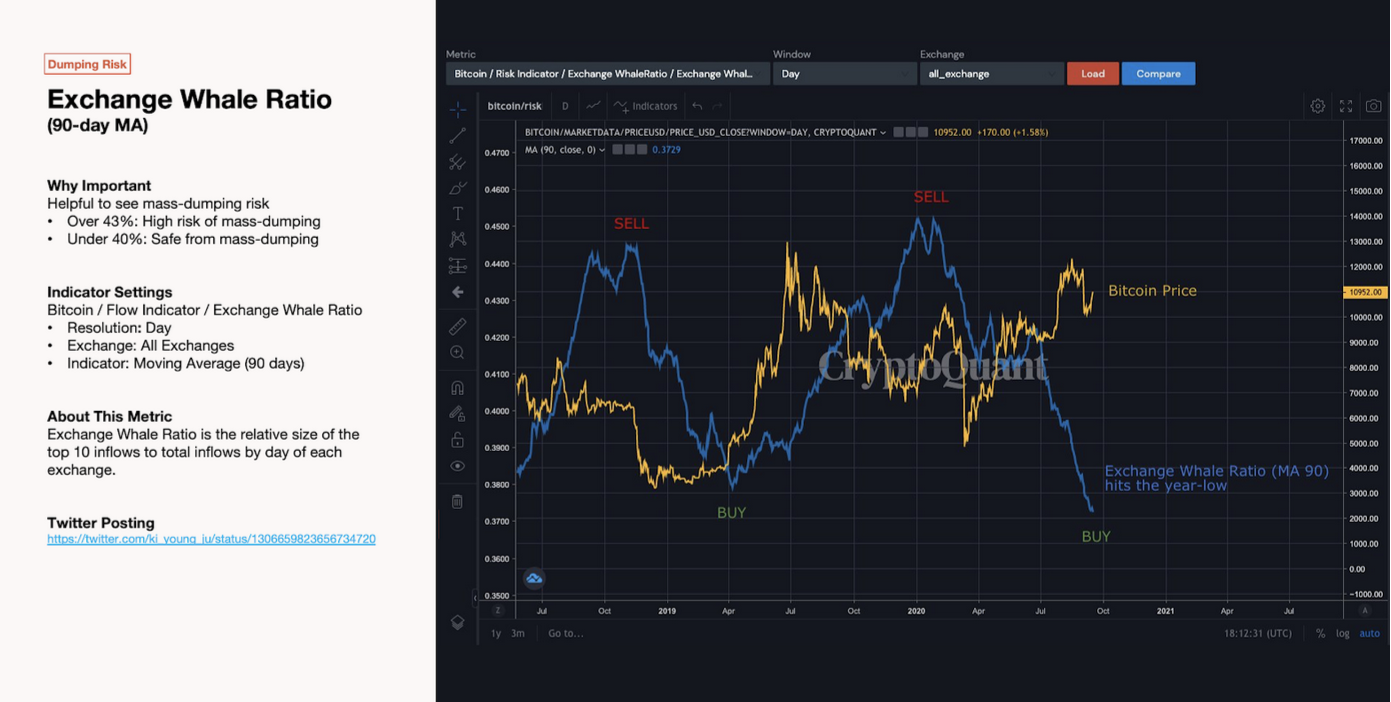
On the Exchange Whale Ratio graph, the top ten inflows are divided by the total inflows to calculate the ratio. We figured that when this value goes above 43%, mass dumping is likely to happen, and can be used to make an accurate prediction. This shows the activity rate of whales on exchanges, and whether or not they are conducting transactions.
How can I know when to enter the market?
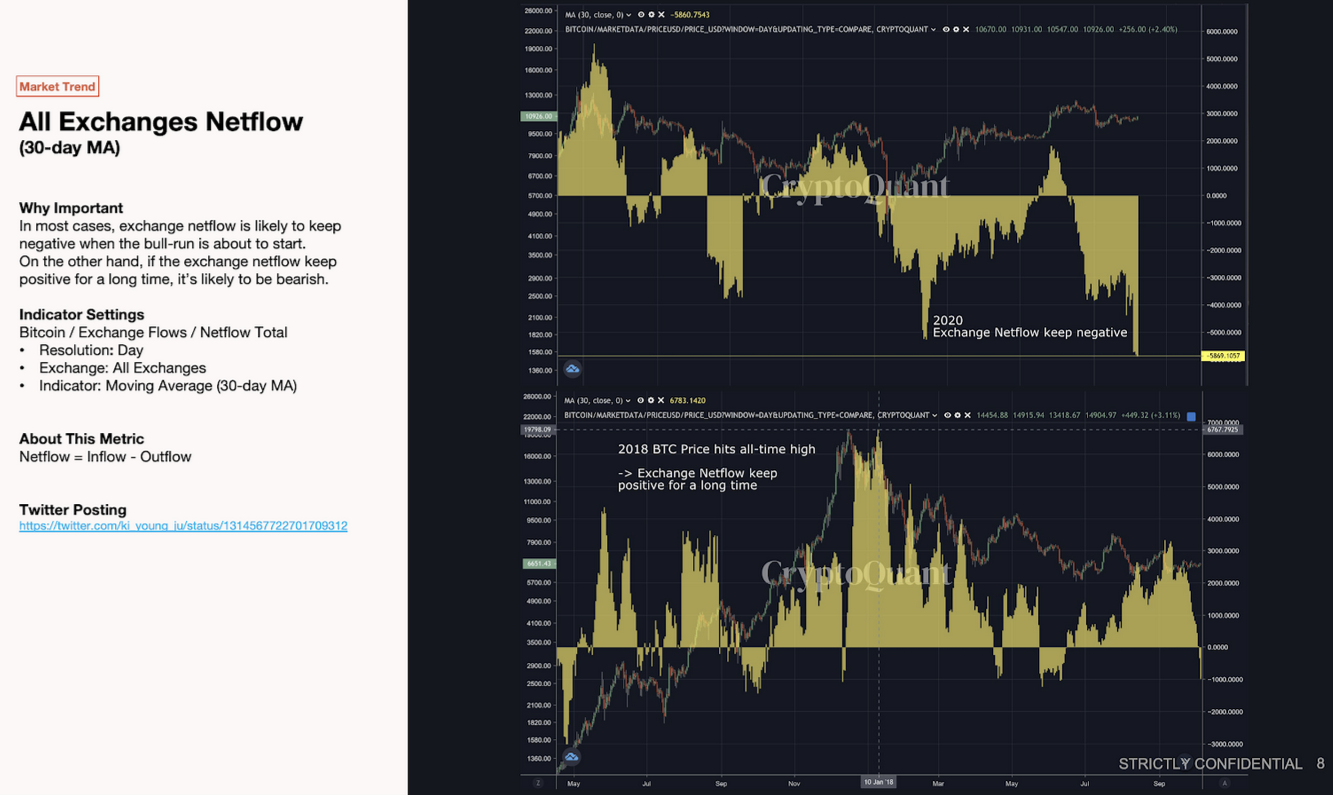
Through data analysis of all past events, we know that exchange NetFlow’s are likely to keep negative when a bull run is about to start. This is a great indicator that can show you when to buy and to find an entry point into the crypto space. Comparing the 2018 and 2020 graphs above, you can see that 2020 is a bull year as the metric is mostly showing negative. 2018 was the exact opposite of that, and that’s how we were able to confirm that year’s bear market.
What have miners to do with the price?
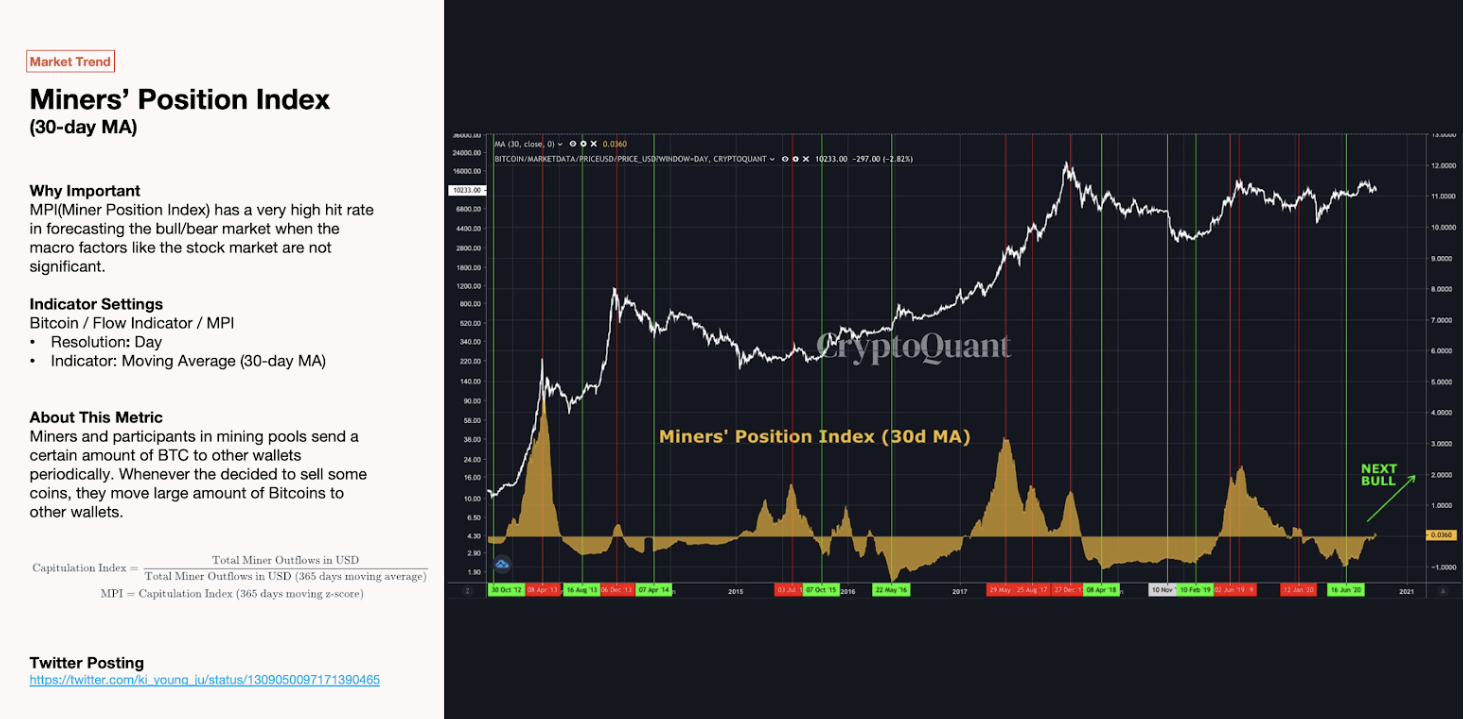
The Miners’ Position Index is one of our more unique indicators that shows periodic miner transfers of a certain amount of BTC to exchanges. Miner usually does not sell their Bitcoins nor capitulate them, but they do send a large number of assets to other wallets. And, whenever they do decide to sell some BTCs, they move large amounts of Bitcoins. This does have a very high hit rate in forecasting the next bull or bear market.
Interviewer , Editor : Lina Kamada
【Disclaimer】
The Article published on this our Homepage are only for the purpose of providing information. This is not intended as a solicitation for cryptocurrency trading. Also, this article is the author’s personal opinions, and this does not represent opinion for the Company BTCBOX co.,Ltd.


